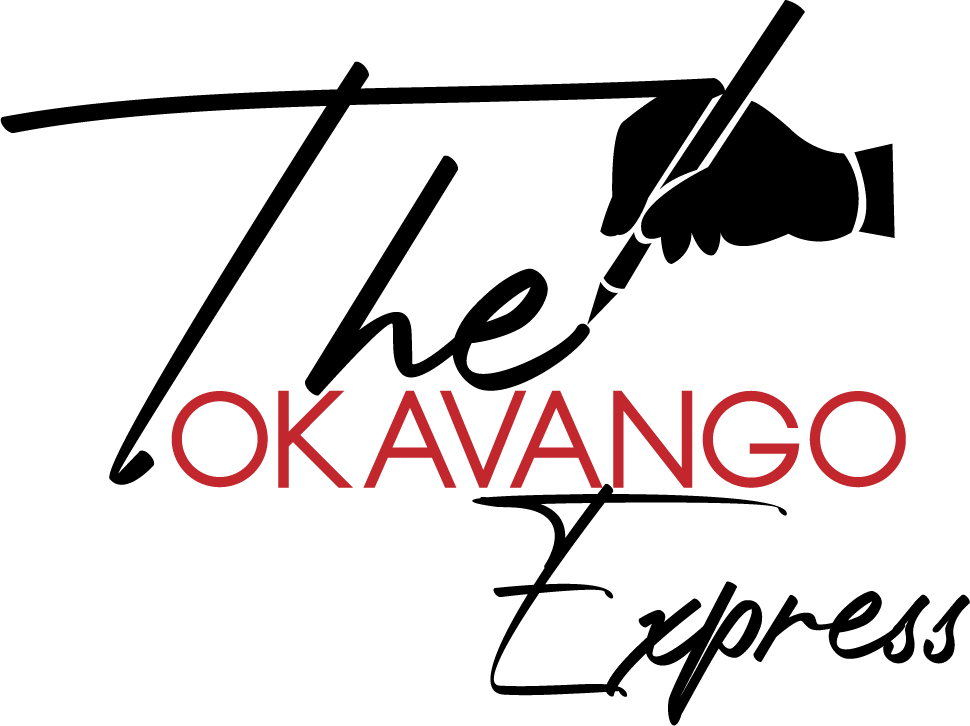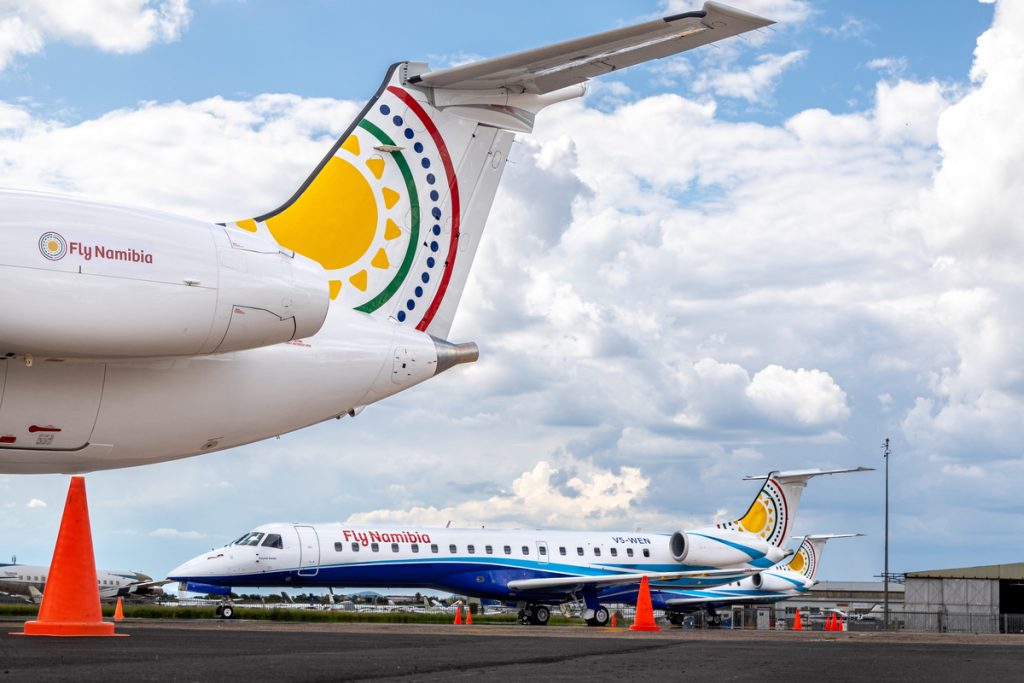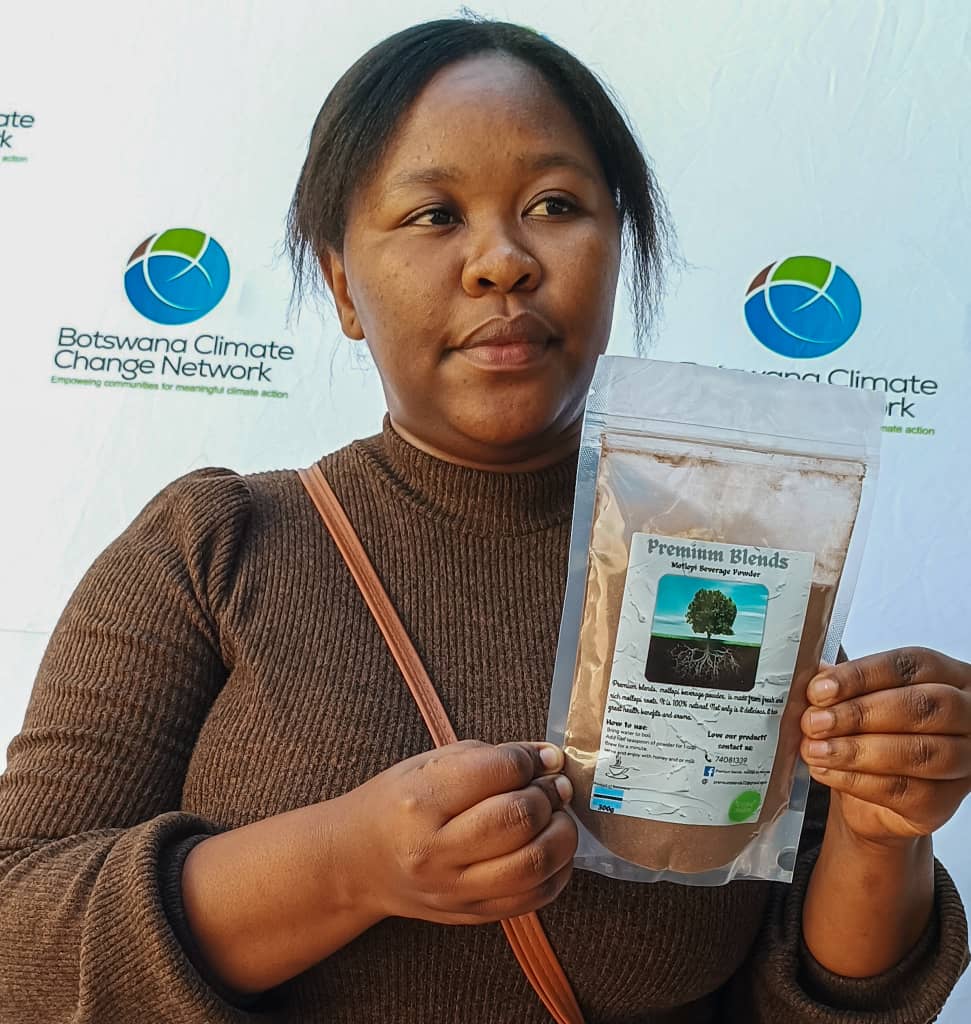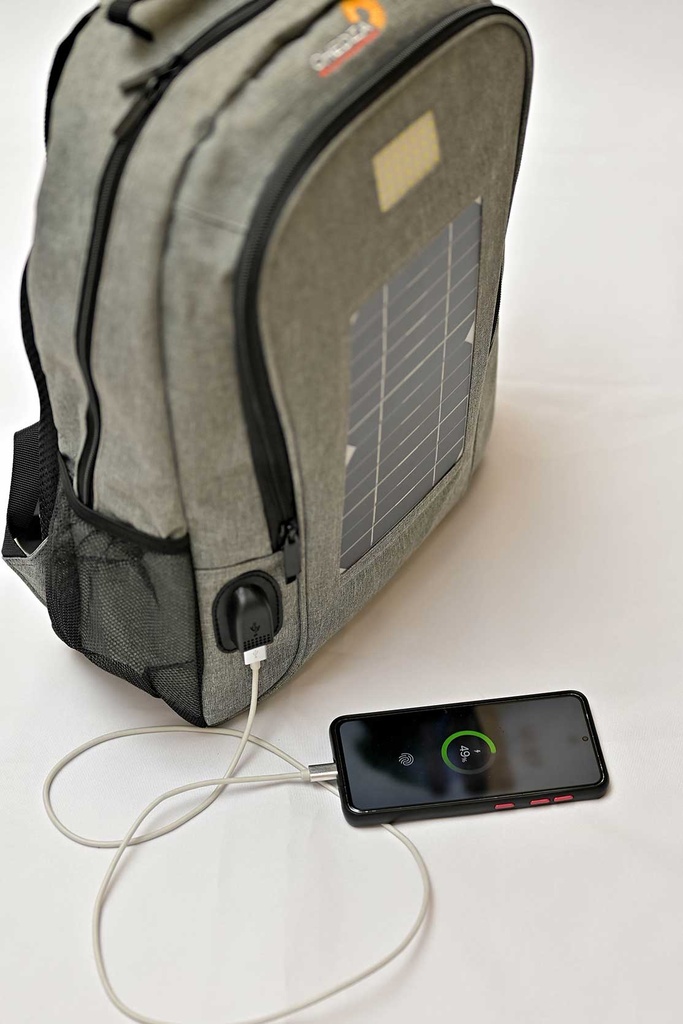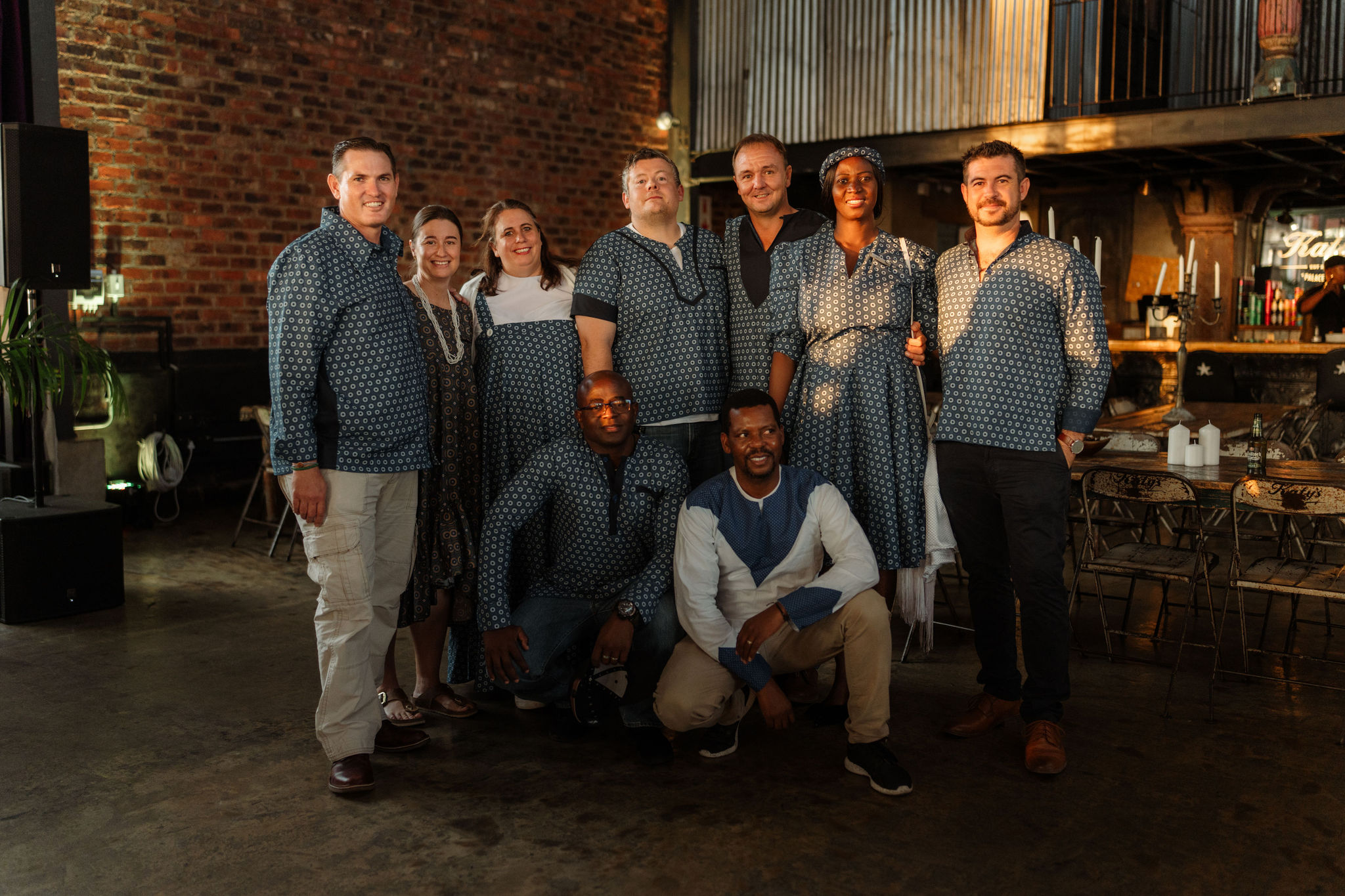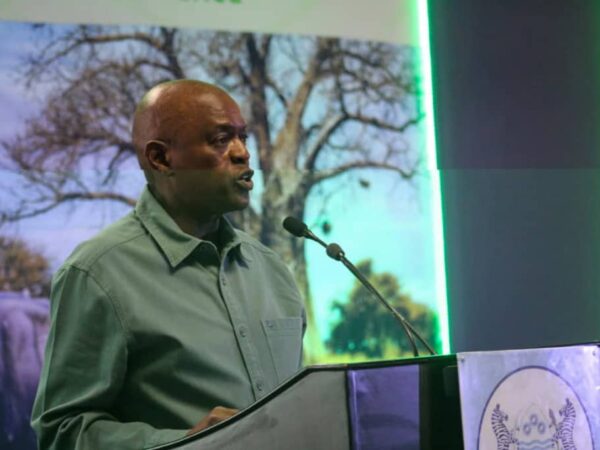
Boniface Keakabetse
Elephants Havens Wildlife Foundation (EHWF) has found a sustainable way to feed orphaned baby elephants using goat’s milk to cut down the costly reliance on powdered human infant milk.
For a long time EHWF has been reliant on the expensive human infant formula to feed nine orphaned babies housed at the sanctuary. Now, the organisation has switched to goat’s milk which a cheaper and healthier feed and a means of empowerment to the neighbouring local communities.
Founded in 2017, Elephant Havens is a non-profit organisation located in Gabamochaa near Maun, Botswana. The organisation aims to protect and preserve the African elephant and educate local communities on elephant behaviors, habitat protection and the benefits of conservation.
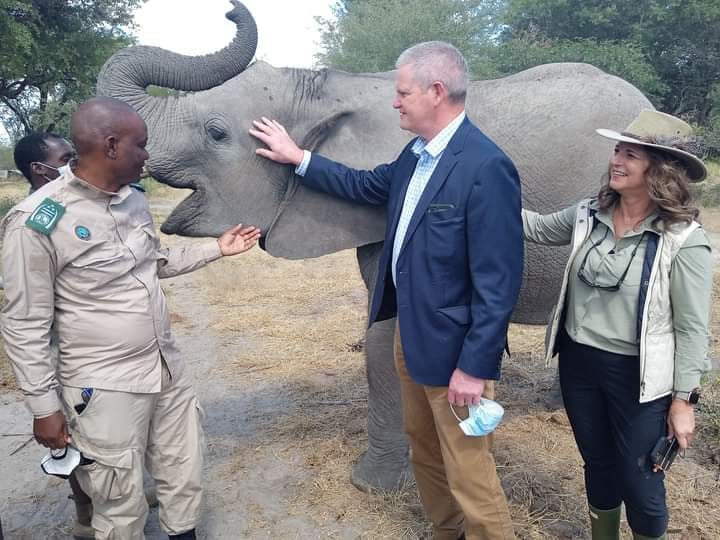
Majority of young elephants at the sanctuary were orphaned when their mothers of herd matriarchs were killed by poachers, drought or got abandoned by their herds. The sanctuary rehabilitates traumatised elephant calves until the age of five years. The calves then undergo the last phase of their rehabilitation in preparation for life in the wild, getting released to the sanctuary’s safe space habitat where they have little contact with humans.
Founder Boago Poloko (34), a third generation elephant handler, told The Okavango express that they have copied the goat’s milk idea from Kenyan orphanages: David Sheldrick and Reteti Elephants orphanages and Abu Camp in Botswana which feeds goat’s milk to elephant babies.
Poloko explained: ‘’ since we started operating we fed four months and below calves a Swiss human formula called Liptomil. But, there are times Liptomil gets out of stock in Southern Africa forcing us to import from Cairo, Egypt or France. This is too cumbersome and costly. Liptomil is good for baby elephants because it is lactose free, elephants are lactose intolerant, at this age their digestive system is very sensitive.’’
Poloko further explained that once calves are four months old and their digestive system is stronger they switch to S26 Gold infant formula sourced in Botswana and sometimes in South Africa. ‘’ at this age their digestive systems are stronger, they are able to tolerate lactose and start eating solids, grass and browse. But the S26 milk is also very expensive.’’
According to Poloko, the high expenses incurred forced them to switch to the cheaper and nutritious goat’s milk. They recently donated 100 goats to farmers in Gabamochaa and surroundings to encourage them to start goats’ milk production which they sell back to EHWF to feed the calves. This also bring the much needed income to communities’ especially women and youth while ensuring conservation goals. ‘’ currently, we don’t have any young calf needing the milk yet. But we have already started buying and stockpiling the milk. We are ready to start feeding goats milk anytime.’’
Part of EHWF mandate is to educate and empower communities rearing domestic livestock in the wildlife area they are based. ‘’ a lot of young elephants coming to our sanctuary are victims of human and wildlife conflicts, poaching and drought killing their mothers. We believe that when we empower the communities they will see the conserve the elephants.’’
Poloko told The Okavango Express that majority of elephants at the sanctuary come from Okavango Delta Panhandle villages, from Mohembo all the way up to Seronga. These are settlements located on the western side of Okavango River where there are elephant’s corridors exacerbating human and wildlife conflicts. ‘’ for elephants to get to the water in that area they have to pass through human settlements and this breeds conflicts.
He reiterated that they have teams in the western panhandle to ensure orphaned elephants do not get killed or end up getting chased by dogs but are brought for rehabilitation.
Among well-known baby elephants at the sanctuary, now five year old is ‘Mma Motse’ (woman of the house.) Mmamotse the first to arrive at the sanctuary came from Sekondomboro in the Okavango Panhandle. Her mother is believed to have died from 2018/19 hydrological drought that affected River flow sustaining the habitat. She is now being readied for reintegration back to the wild.
